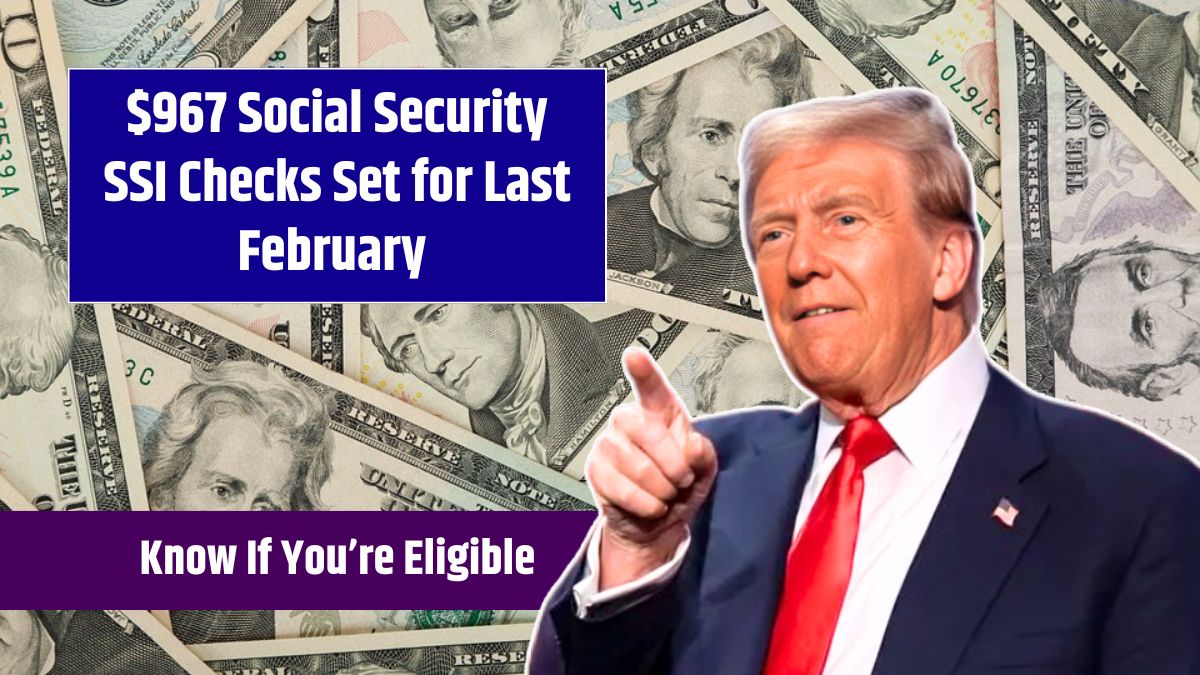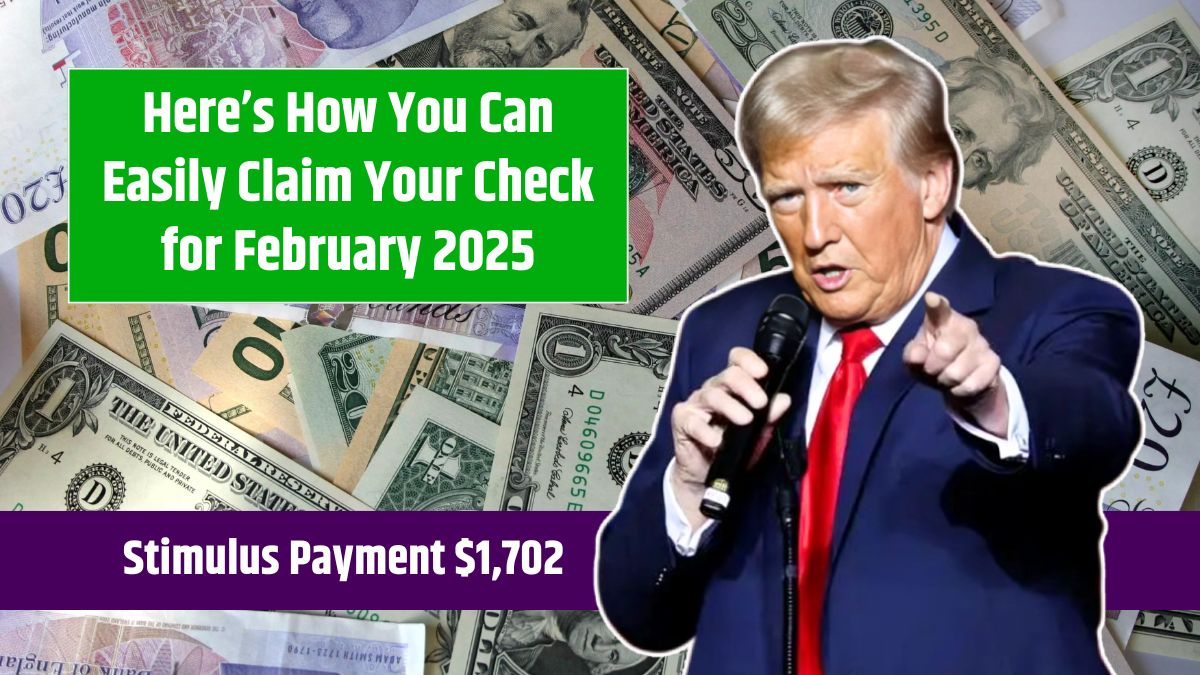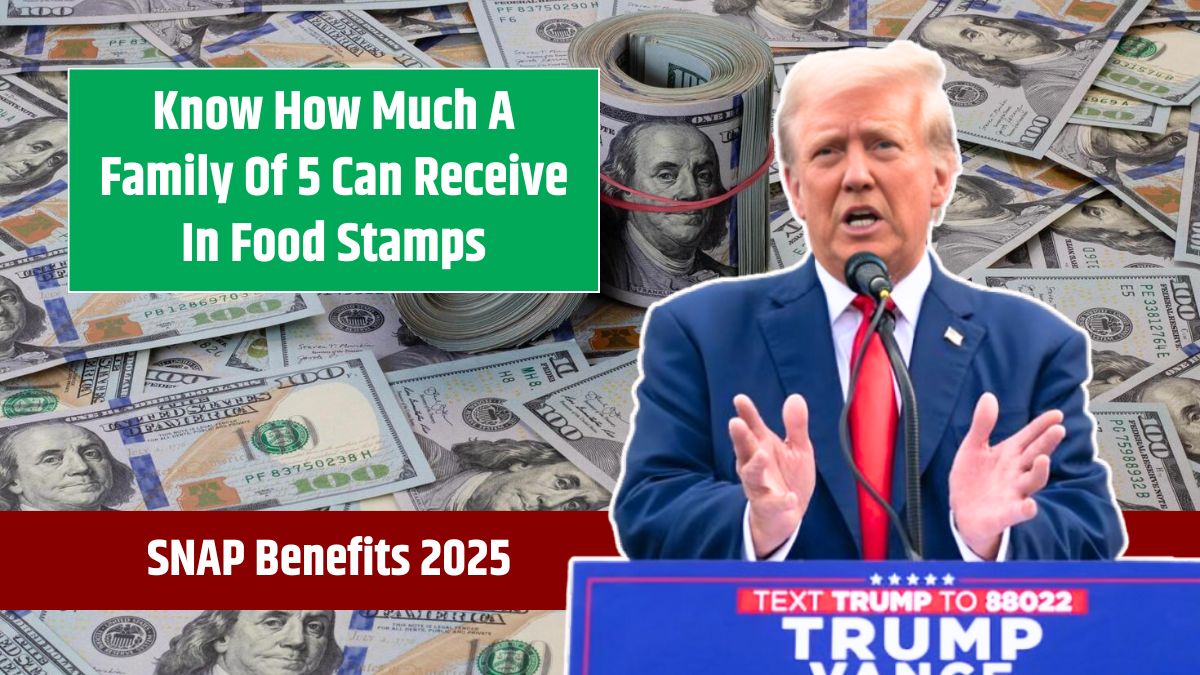With the recent elections, many budget and financial changes are expected this year. The cost of living remains one of the biggest concerns for voters, and many Americans are eager to see what changes will be made to government benefits programs for low-income individuals.
Recently, the Trump administration proposed budget cuts that could significantly affect federal assistance programs, impacting nearly 40 million Americans. If implemented, these cuts could lead to reductions in SNAP benefits, Medicaid funding, and other essential programs that provide financial relief to low-income families.
SNAP Benefits
The Supplemental Nutrition Assistance Program (SNAP) helps low-income families afford food. In 2024, the program assisted over 41 million people, ensuring they had access to a nutritionally adequate diet.
Under the new budget proposal, SNAP benefits could be slashed by 20%. This cut would place a greater strain on struggling families, making it harder for them to afford basic food necessities.
With food prices fluctuating, a 20% reduction would force beneficiaries to either cut back on groceries or find alternative means to supplement their food costs. Given that SNAP is a lifeline for many families, this proposal could push more Americans into food insecurity.
Medicaid Budget Cuts
Along with SNAP reductions, the proposal seeks to cut Medicaid funding by $880 billion. Medicaid is a federal and state healthcare program that covers one in five Americans, including low-income individuals, children, and seniors.
Medicaid provides coverage to over 70 million Americans, making it a critical component of the U.S. healthcare system. If these budget cuts are approved, states will be forced to:
- Reduce Medicaid eligibility, meaning fewer people will qualify for coverage
- Limit benefits, making essential healthcare services less accessible
- Lower provider reimbursement rates, which could discourage doctors from accepting Medicaid patients
Legal analyst Aaron Parnas criticized the proposal, saying, “This budget from House Republicans seeks to eliminate Medicaid completely.”
Healthcare advocates argue that these cuts would be devastating for rural communities, where hospitals already struggle financially. Joan Alker, Executive Director of the Georgetown University Center for Children and Families, warned that eliminating $880 billion in funding would end the federal guarantee for Medicaid that has been in place for 60 years.
Increased Strain
If federal funding is reduced, states will need to raise taxes or cut essential services to cover the gap. According to Michael Ryan, an expert on federal assistance programs, rural and economically disadvantaged areas would be the hardest hit.
“States will have to raise taxes or further reduce services to make up for the decline in federal support,” Ryan explained. “This will affect rural and economically disadvantaged areas, where these programs play an outsized role in supporting both individual welfare and local economies.”
Federal Assistance
Millions of Americans rely on government assistance programs like SNAP and Medicaid to cover basic necessities such as food and healthcare. Without these programs, vulnerable populations could face increased hardship, further widening the wealth gap.
Government funding for programs like Social Security, SNAP, and Medicaid helps to:
- Ensure access to essential services for all income levels
- Prevent food insecurity and hunger among low-income families
- Provide necessary healthcare coverage, especially for seniors, children, and disabled individuals
- Support local economies, as many businesses rely on federal aid programs to sustain consumer spending
Without these programs, millions of people could lose access to basic needs, pushing more families into poverty. Ensuring funding for these programs is not just about supporting individuals—it’s about maintaining a more equitable society where everyone has access to fundamental resources.
FAQs
How much will SNAP benefits be reduced?
Under the proposed budget cuts, SNAP benefits could be reduced by 20%.
What is Medicaid and who does it help?
Medicaid is a federal and state program that provides healthcare coverage to low-income individuals, covering over 70 million Americans.
How much funding could Medicaid lose?
The proposed budget seeks to cut Medicaid funding by $880 billion.
How would budget cuts affect rural communities?
Cuts to Medicaid and SNAP could force rural hospitals to close and increase food insecurity in economically disadvantaged areas.
Why is government assistance important?
Programs like SNAP and Medicaid help ensure low-income families have access to food, healthcare, and basic necessities.








